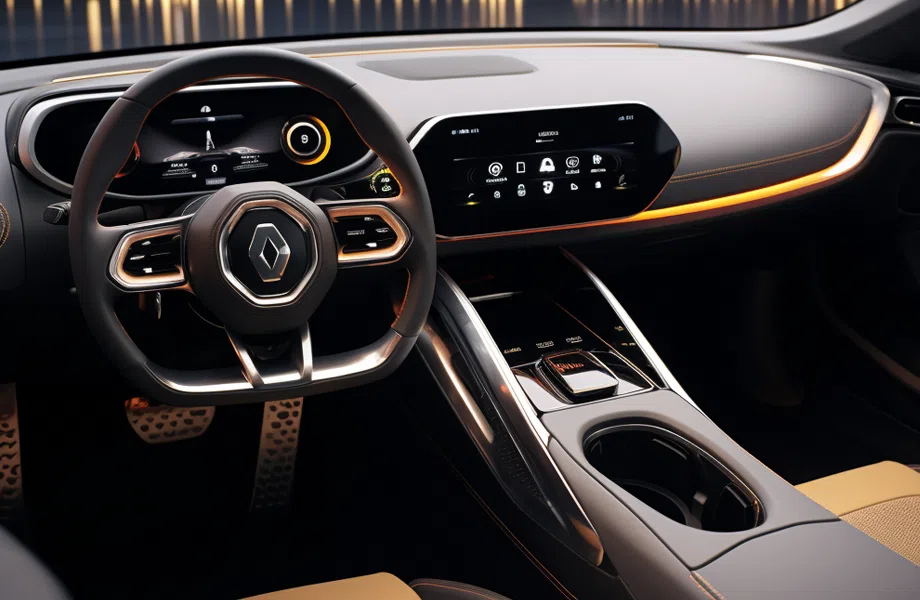

Imagine a face or personality informing the driver of an impending pedestrian crossing or a newly identified route. The avatar might be cartoonish like a talking logo or eventually more humanlike depending either on the preference of the user or the brand. These are the types of interfaces the market may see more of in the future since companies like Renault have recognized the advantages to user behavior and satisfaction.
“Characters and mascots have a much higher brand recall – nearly six times that of logos or slogans,” states Herwig Steininger, Managing Director of SPooN.ai, the French avatar supplier for Renault. “The demand for digital companions and virtual assistants is growing exponentially across industries. We want to give these interfaces a face, a voice and a more marvelous experience in the car by the help of an empathic and expressive digital companion.”
And this supposition is supported by the data. In de Borst and de Gelder’s 2015 neuroscientific study, they noted “The perception of emotional expressions by human-like characters seems to be fairly similar to perception of human emotions, with corresponding behavioral and physiological activation.” Adobe’s 2019 study found that over 85% of the population used interactive, phone interfaces –mostly on their phones – with 92% of those users saying technology makes them feel safer while driving. And Voicebot.ai discovered in 2020 that 63% of car shoppers look for an in-car voice assistant when purchasing a vehicle.
To the cynic, such cutsie interfaces harken back to Clippy, the animated paperclip avatar from Windows 97 which “… the world loved to hate” and was discontinued within a year. Clippy was demonized as patronizing and distracting. But as noted by Abigail Cain of Artsy, “Most experts … note that Clippy’s real problem was that he was ‘optimized for first use.’ You might appreciate help in writing your very first letter; that exact same offer of help is infuriating by the time you’ve reached your fiftieth. ‘The reason I think people hate him is not because of what Clippy is, but how Clippy acts,” Kevan Atteberry [the original designer of Clippy] admitted twenty years later.
This static experience, however, won’t be the fate for avatar interfaces in the future given connected software updates based upon feedback loops, user experience tailoring and driver customization. “These engaging avatars will cater to drivers’ and passengers’ preferences for music, door openings and special scenarios that will result in unique and enjoyable travel environments,” asserts Steininger.
Additionally, the latest natural language models have incorporated Artificial Intelligence — which improves exponentially every day — such that verbal interactions with these futuristic avatars will provide much greater flexibility than the limited choices from a quarter of a century ago.
“We should not forget that the younger generations are the purchasing future and are very character-oriented due to video games,” points out Steininger. “The younger generations of Gen Z and Gen Alpha will represent more than 30% of the luxury market by 2030.”
Renault has already launched their avatar interface, reno, in some European countries (e.g., France, Germany, Italy, Spain) with others following later this year.
Stay ahead in a rapidly world. Subscribe to Prysm Insights,our monthly look at the critical issues facing global business.